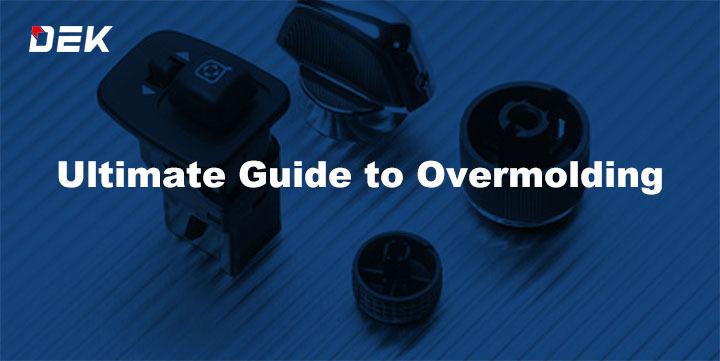If you are wondering what overmolding is, you are not alone. A lot of people have never heard of this manufacturing process before. Overmolding is a process that involves the injection of a second material into an already molded part. This can be done for a variety of reasons, including adding strength to the part or providing protection from environmental factors. In this blog post, we will discuss the benefits of overmolding and give some examples of how it is used in manufacturing.
What is Overmolding?
Overmolding is a type of injection molding that involves injecting a second material into an already molded part. This can be done for a variety of reasons, including adding strength to the part or providing protection from environmental factors. Overmolding can be done with a variety of materials, including metals, plastics, and glass. The most common type of overmolding is plastic overmolding, which is used to create products made from thermoplastic and thermosetting plastic. Overmolding is a versatile manufacturing process that can be used to create parts of all shapes and sizes.
The steps of overmolding are as follows:
– The first step is to create a mold for the desired product.
– Next, the chosen material is injected into the mold.
– Once the material has cooled and solidified, it is removed from the mold.
– Finally, the overmolded part is trimmed of any excess material.
Overmolding VS Insert Molding
Overmolding and insert molding are often confused because they are both types of injection molding. However, there is a big difference between the two processes. Insert molding involves injecting molten material around an already existing part, such as a metal insert. This type of molding is typically used to create parts that have multiple materials or that need to be very strong. Overmolding, on the other hand, involves injecting molten material over an already existing part.
What are the benefits of overmolding?
There are many benefits to overmolding, including:
– The ability to add strength to a part
– The ability to provide protection from environmental factors
– The ability to create parts of all shapes and sizes
overmolding is a versatile manufacturing process that can be used for a variety of applications.
What are the drawback of overmolding?
The main drawback of overmolding is the increased cost associated with the process. Overmolding requires the use of two different materials, which can increase the cost of the finished product. In addition, overmolding can be a complex process, and parts that are overmolded may require additional finishing steps before they are ready for use.
What are some examples of overmolding?
Some examples of overmolding include:
– Injection molding a plastic over molded part
– Injection molding a metal over molded part
– Injection molding a glass over molded part
overmolding is a versatile manufacturing process that can be used for a variety of applications.
Overmolding is a versatile manufacturing process with many benefits. It can be used to add strength to a part, provide protection from environmental factors, or create parts of all shapes and sizes. If you are looking for a versatile manufacturing process for your next project, overmolding may be the right choice for you.


More Stories
Enhancing Grocery Shopping with Colored Thermal Shelf Labels
Elevate Your Online Presence: Expert Web Design in Melbourne
Arlo Camera Not Working [Resolved]